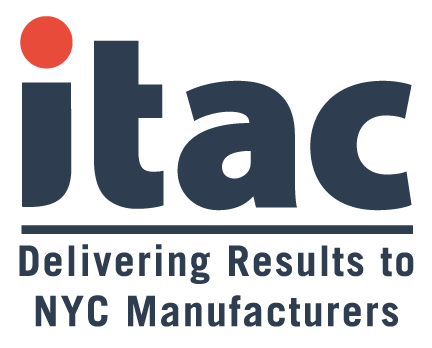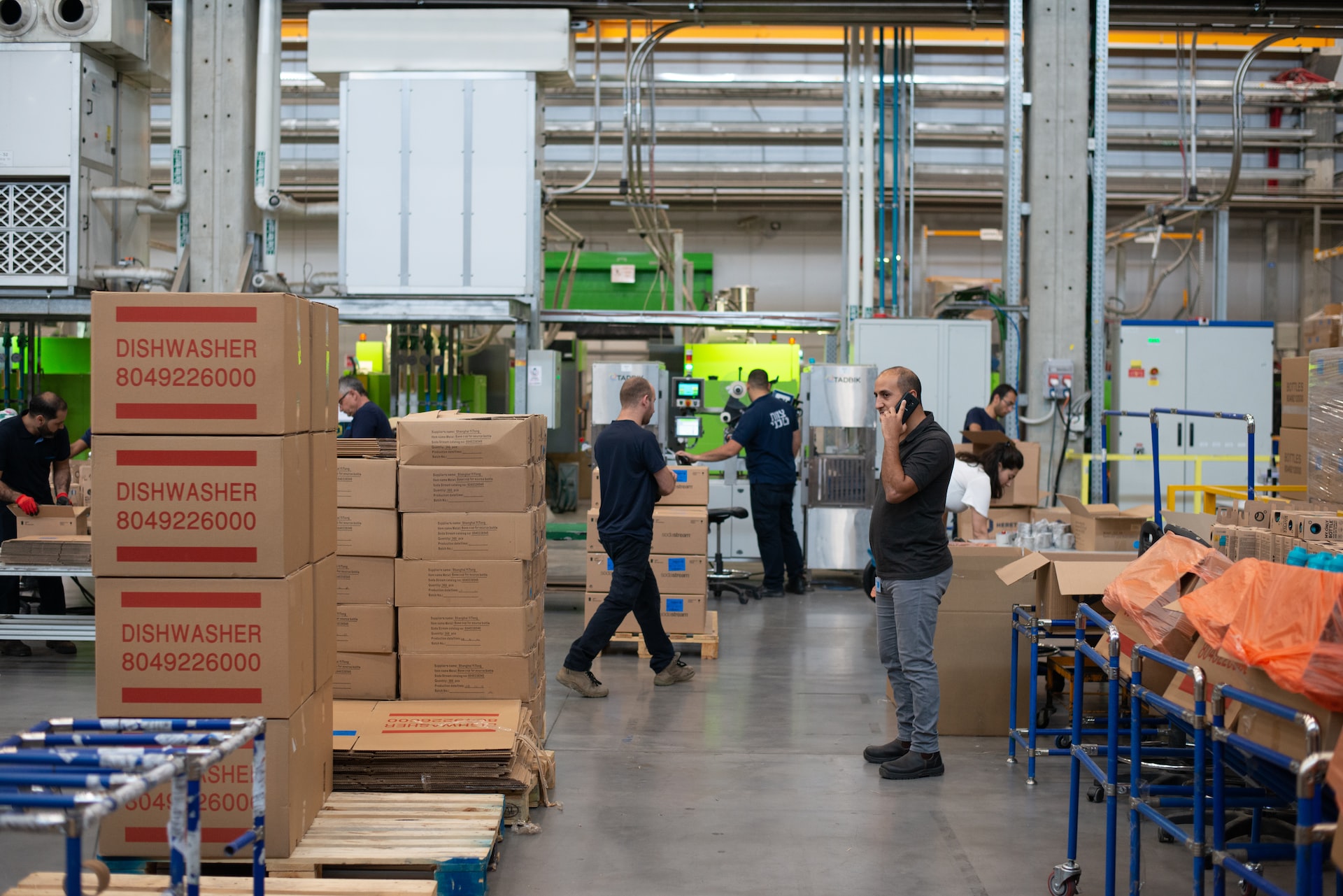- Space Utilization
- Customer Service and Order Accuracy
- Timely Access to Inventory
- Labor Costs and Labor Reporting
- Material Flow
- Consolidation Of Goods
- Inventory Accuracy
- Shipping Efficiency
- Process Optimization:
- Creating efficient materials handling & storage formats
- Developing materials flow paths based on department synergy and consumption velocity
- Reducing redundant handling – “touch labor”
- Productivity Improvement:
- Identifying KPIs – Key Performance Indicators, to keep score of their results
- Identifying tasks that may be streamlined, or eliminated in the current process
- Producing more with less, when is semi-automation a good alternative
- Operational Cost Reduction:
- Identifying Savings Pools, where is money already being spent that could be eliminated?
- Investing in the “solution” rather than continuing to finance the problem
- Cap Ex Payback versus Methodology Changes, how to calculate the best options
7 Steps To Success
Starting with a 1-hour discussion, we’ll evaluate your unique situation and discuss the unique challenges you’re facing. Operational productivity is hyper-specific to each warehouse, and our team wants to hear your specific pain points to create tailored goals and solutions. From evaluation and planning through design and implementation, we follow these 7 steps:
STEP 1: Identify Your Business Needs and Objectives
We want to understand the materials handling problem from YOUR point of view, so we can develop solutions tailored to your unique business needs.
STEP 2: Measure and Analyze Current Capabilities and Processes
We realize your current operations and capabilities must be understood, before a proper solution can be developed. For this reason, we monitor and analyze all aspects of your present business operations. Current costs, methodology, and resources are the focus of our data collection.
STEP 3: Identify “Savings Pools”
Identify areas capable of improvement in your operation and recommend changes in methodology and/or equipment offering rapid pay-back on their upgrade cost. We believe that the only feasible solution is one that can be cost justified!
STEP 4: Develop Alternative Solutions
Using computer aided design (CAD) layouts, you’ll be provided custom solutions that work…both operationally and financially. Our strategies are based on advanced principles of space management, ergonomics, and product flow integrated with the latest computer technology; all based on cost justification.
STEP 5: Prepare A Complete “Plan of Action”
You’ll receive a complete proposal for your company inclusive of recommendations, design criteria, CAD layouts, specifications and budgets needed to achieve the desired results.
STEP 6: Implementation and Installation
If you don’t have the internal resources to execute on your strategy, our team is able to provide full implementation! We offer full equipment installation and implementation, project management, and systems training for all our clients.
STEP 7: After Sales Support
It’s important that you realize the full benefit of your investment. For this reason, we offer continuous after sales support including periodic system reviews and technological updates. Our “Client Commitment” policy ensures that we continue as a value-added resource to our clients.
If you’d like to learn more about our industrial engineering team, or to receive an assessment of your operational strategy, contact us today.






